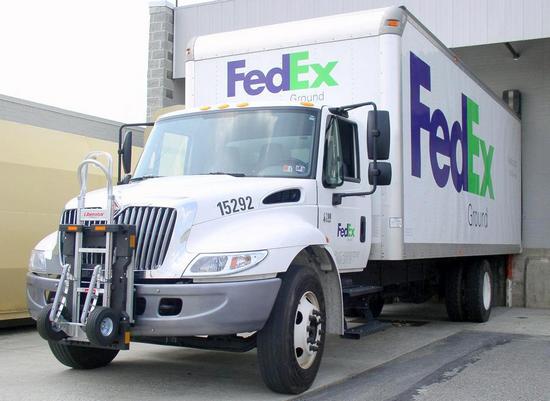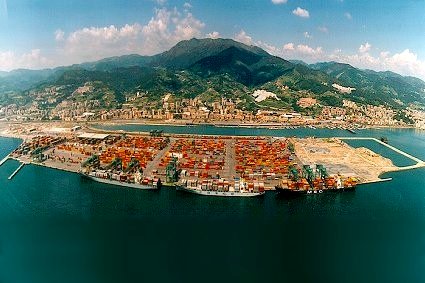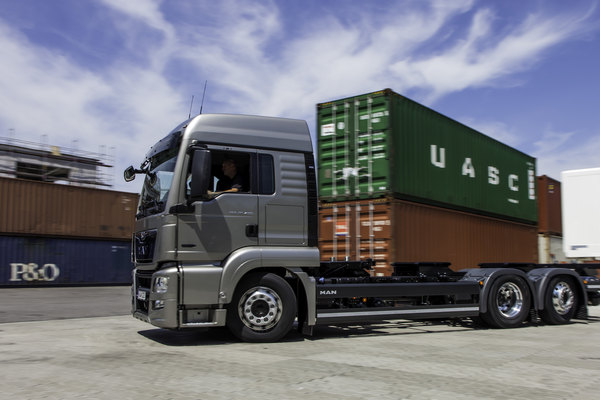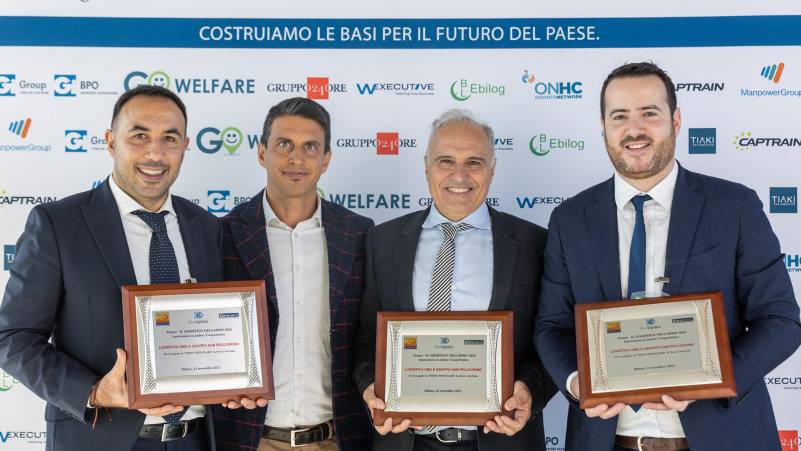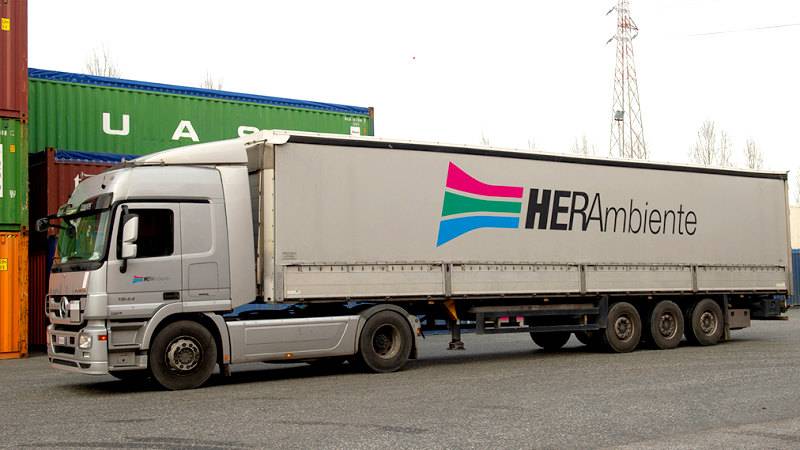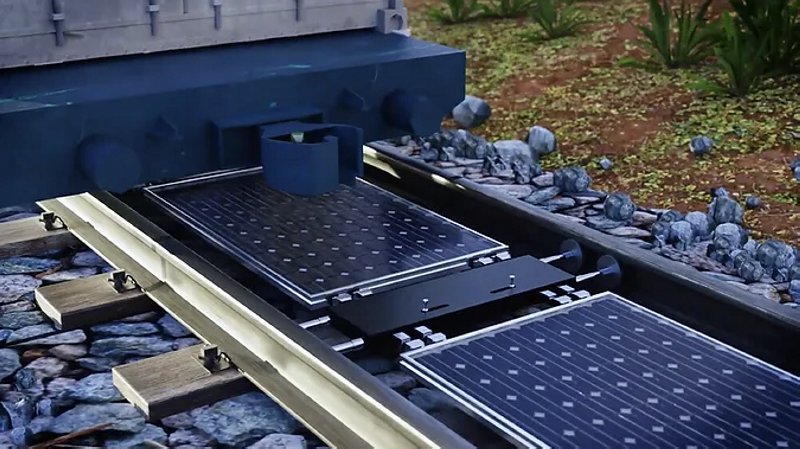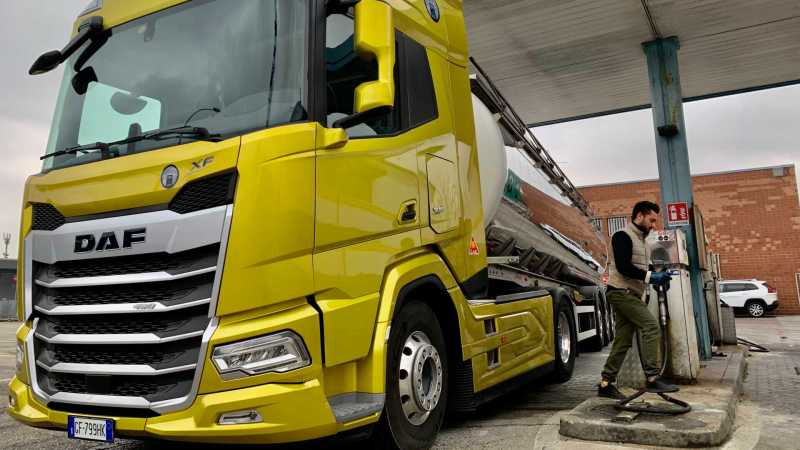The new terminal, located in Duisburg, one of Europe’s key intermodal hubs in the Ruhr basin, represents a significant development for the region. The Duisburg Gateway Terminal's launch is part of a larger expansion plan. Once completed, the terminal will have the capacity to handle 850,000 TEUs annually, with 40% dedicated to rail transport, 40% to inland waterways, and 20% to road transport.
In its initial phase, the terminal spans over 220,000 square meters and offers storage for 65,000 containers. It is equipped with six gantry cranes and will feature twelve 730-meter-long railway platforms, five loading zones, and three berths for inland vessels. The terminal also aims for full climate neutrality, utilizing a photovoltaic system, fuel cells, and hydrogen engines for energy generation.
The first operation at the Duisburg Gateway Terminal was the dispatch of a train to China, operated by RTSB, carrying forty-four containers. The intermodal company plans to establish a regular service. In the summer of 2024, RTSB, a company specializing in rail transport between China and Europe, launched a route connecting Milan Melzo with the Polish terminal of Malaszewicze, a key hub for Asian-bound transport. In September, a new link between Malaszewicze and Belgrade was introduced.
The Duisburg Gateway Terminal is managed by a company of the same name, established on October 24, 2029, by four major intermodal transport operators: Duisburger Hafen, Hupac, H.T.S. Intermodaal, and PSA Belgium Holdings. The second phase of the terminal’s development will include the installation of three additional gantry cranes, six more 730-meter-long rail blocks, and a temporary storage area spanning 35,000 square meters.



